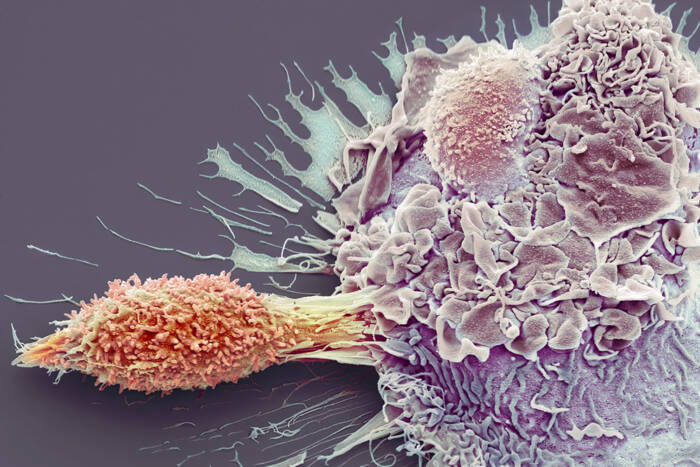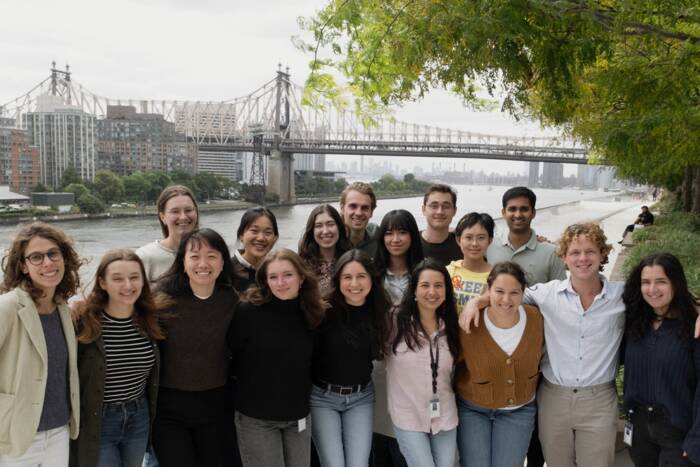Scientists Track Spread of Antibiotic-Resistant Bacteria in 12 New York City Hospitals
Grant from Bristol-Myers Squibb Foundation Funds Study Showing Efficacy of a Molecular Surveillance Network
A team of researchers led by scientists from The Rockefeller University and the Public Health Research Institute (PHRI) used molecular fingerprinting techniques to track the spread of methicillin-resistantStaphylococcus aureus (MRSA) in 12 hospitals in the New York City metropolitan area. The findings, published in the July issue of the Journal of Infectious Diseases, confirms the prevalence of antibiotic-resistant strains of staph in New York City.
“We have shown that molecular fingerprinting methods combined with epidemiologic and clinical information can detect MRSA clusters and outbreaks, providing a rationale for appropriate infection control intervention,” says first author of the study Richard B. Roberts, M.D., professor of medicine at Cornell University Medical College and adjunct professor in the Laboratory of Microbiology at Rockefeller.
Staphylococcus aureus is a most frequent cause of hospital-acquired and potentially life-threatening bacterial infections in the United States. MRSA is a form of staph that cannot be killed by many antibiotics. The worldwide spread of such multiresistant strains has become a serious concern. Public health officials have recorded a dramatic rise in the percentage of cases of MRSA, accounting for 35 percent of all staphylococcal isolates reported by the National Nosocomial Infection Surveillance System of hospitals in 1996.
Rockefeller and PHRI scientists used DNA fingerprinting methods to examine 270 single-patient MRSA strains collected during the month of May 1996 from 12 hospitals in the five boroughs in New York City as well as Suffolk and Westchester counties.
“Conventional methods for tracking MRSA are rapidly becoming obsolete and necessitate the introduction of more sophisticated molecular typing systems,” says Barry Kreiswirth, director of the Tuberculosis Center at PHRI and co-author of the Journal of Infectious Diseases paper.
“The power of the DNA fingerprinting techniques is documented by several observations described in theJournal of Infectious Diseases paper,” says senior author Alexander Tomasz, Ph.D., professor and head of the Laboratory of Microbiology at Rockefeller. “Most interesting is the documentation of the widespread occurrence of a single multidrug-resistant staphylococcal clone present in 11 of the 12 hospitals and accounting for more than 40 percent of all drug-resistant isolates.”
Three additional clones of MRSA appear to be highly localized: one apparently primarily associated with AIDS patients, a second one associated with a Manhattan-based burn center and a third one found in a Brooklyn-based Veterans Administration hospital.
“The study illustrates the potential of fruitful collaboration between a major pharmaceutical foundation, scientists at a university and a private research institute, and clinicians and clinical microbiologists at hospitals throughout metropolitan New York,” concludes John Damonti, president of the Bristol-Myers Squibb Foundation, which provided major support for the study.


